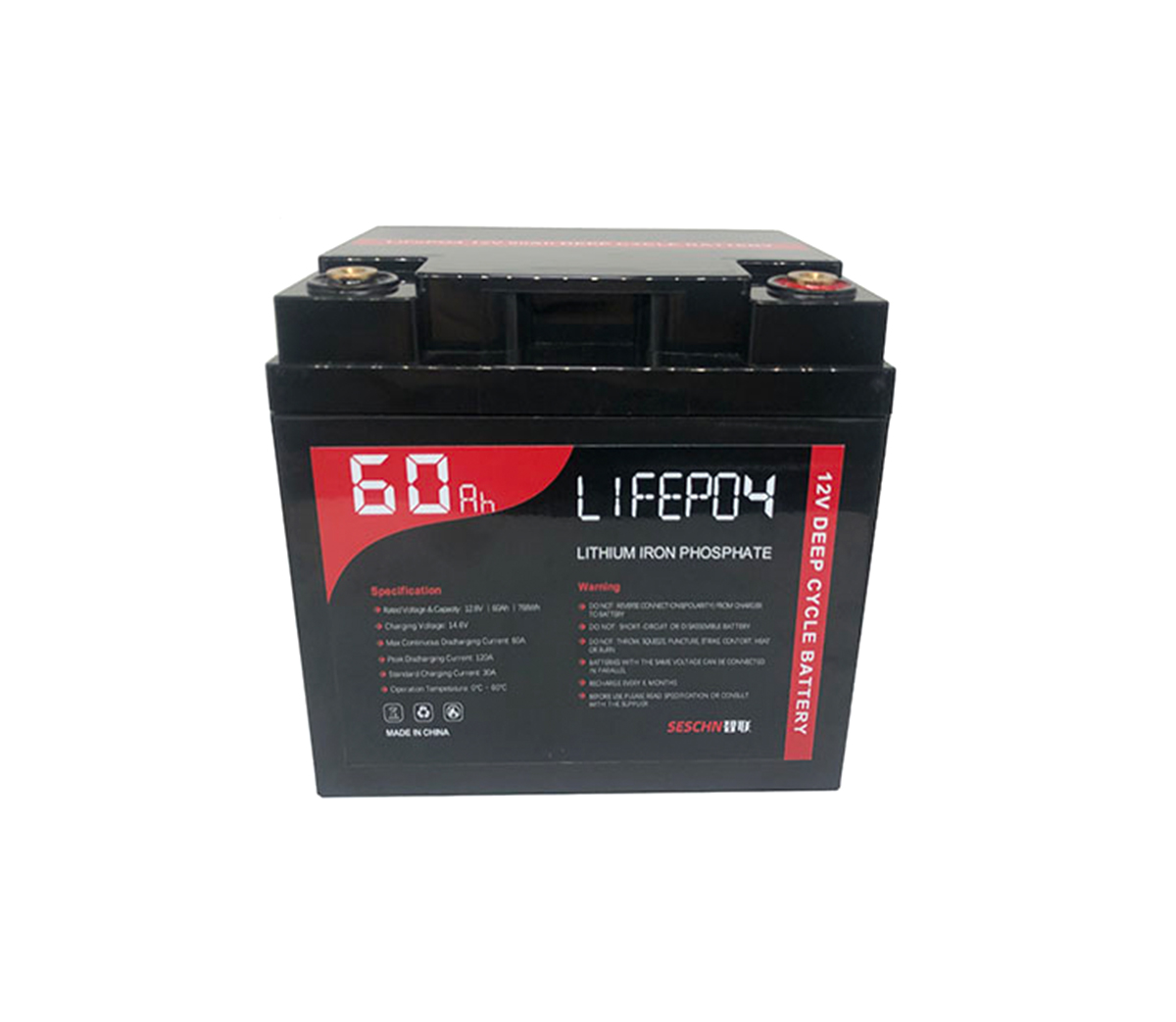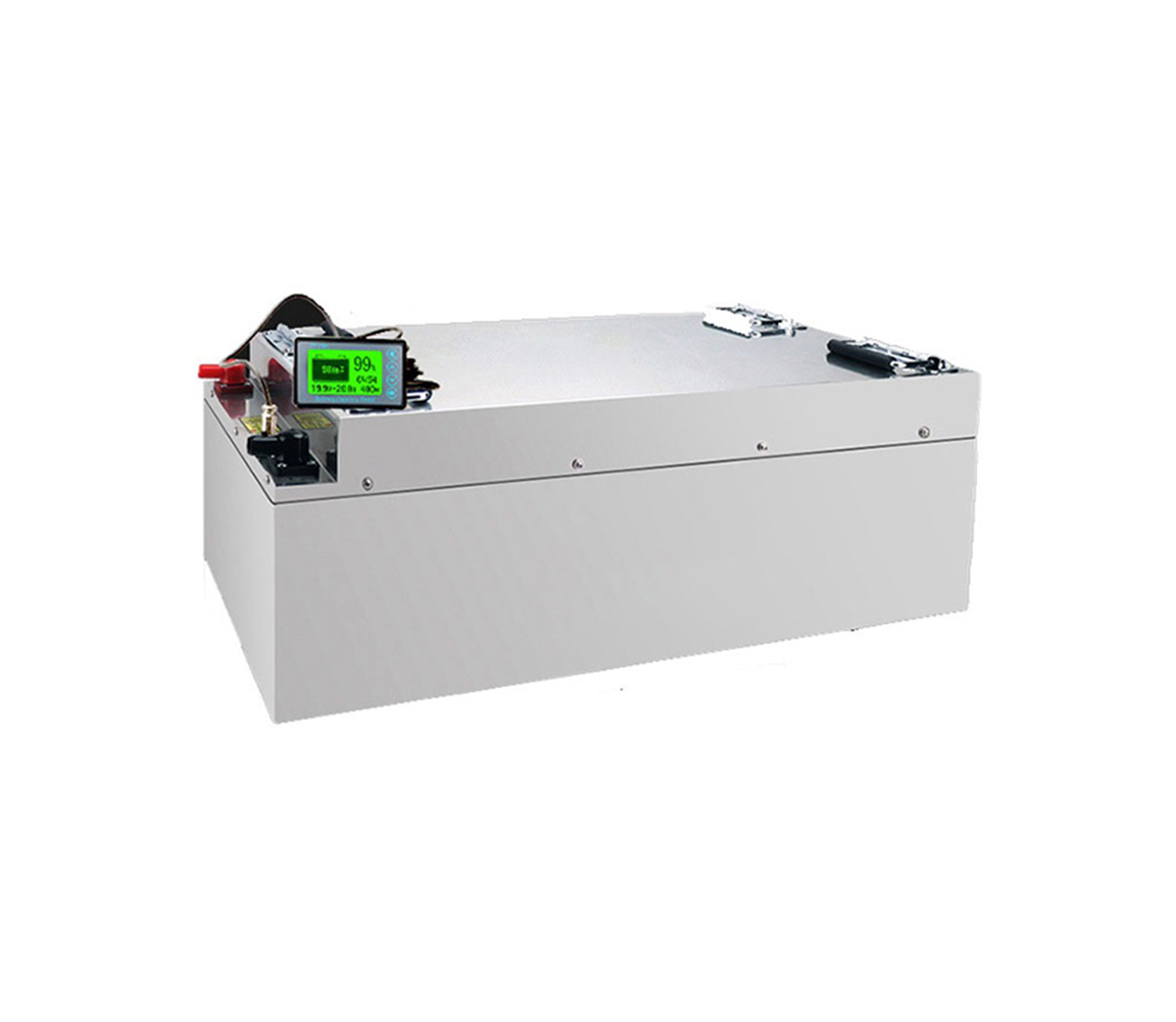
Lithium battery flatulence, high temperature, explosion and other problems
are usually related to overcharge, overdischarge and high current, and the three
will cause damage to the battery. These three problems are very common, and
ultra-low temperature environments are rare, but for ultra-high temperatures, it
is simply not too easy for electrical appliances with more and more power. So
how to obtain a stable current and how to dissipate heat is very important. At
this time, I have to talk about ceramic circuit boards.
Lithium batteries are divided into lithium metal batteries and lithium ion
batteries. Lithium metal batteries are a relatively new concept. Today we are
talking about lithium ion batteries, which do not contain metallic lithium. Now
we can use such small mobile phones and portable electronic devices, and can
drive long distances in electric cars. This is inseparable from lithium-ion
batteries. In 1992, with the advent of lithium-ion batteries, people gradually
became big brothers. Disappearance, although it has a lot to do with integrated
circuits, if there is no lithium-ion battery, the volume of the current mobile
phone is at least several times larger.
Lithium-ion batteries are extremely sensitive to temperature. If the
temperature is too low, lithium-ion batteries cannot work. If the temperature is
too high, you will know the tragedy of Samsung. The charging and discharging of
lithium-ion batteries is a chemical reaction process. Under a calm surface,
lithium ions run back and forth between the positive and negative electrodes.
When a lithium ion battery is charged, the lithium atom of the positive
electrode loses electrons and is oxidized to lithium ions. The lithium ion
enters the negative electrode through the electrolyte and obtains an electron,
which is reduced to lithium atoms. When discharging, the process is reversed. In
addition, in order to prevent the positive and negative electrodes of the
battery from directly touching and short-circuiting, the battery uses a
separator with fine pores to separate the positive and negative electrodes.
The flatulence, high temperature, explosion and other problems of lithium
batteries are usually related to overcharging, overdischarging and high current,
and the three will cause damage to the battery. These three problems are very
common, and ultra-low temperature environments are rare, but for ultra-high
temperatures, it is simply not too easy for electrical appliances with more and
more power. So how to obtain a stable current and how to dissipate heat is very
important. At this time, I have to talk about our ceramic circuit boards.
Ceramic circuit boards are currently the circuit boards with the highest
thermal conductivity on the market. I believe everyone will understand what the
high thermal conductivity of ceramic circuit boards means. It means that all the
heat emitted by the lithium-ion battery can be exported in time, so high
current. How to solve it? At this point, in addition to the circuit control
system, it also has a great relationship with the circuit board. The higher the
precision of the circuit board, the more uniform the circuit, which means that
the current flow will be more stable. At present, among the domestic ceramic
circuit manufacturers, only Sleeton can achieve this kind of technology, so that
the ceramic and circuit ion states can be perfectly combined to achieve absolute
uniformity, which is of great benefit to the stability of the current. In
December last year, Huawei took the lead in launching graphene lithium-ion
batteries. The role of graphene in it is pure heat conduction, but graphene has
not yet been commercialized, and graphene has a long way to go on the road to
commercialization. Go, users are most concerned about when to achieve
commercialization. Only commercialized technologies can benefit users and
promote the development of the lithium battery industry. As a very mature
product, ceramic circuit boards are still the current king after all.
After all, ceramic circuit boards can stand at the top in this market. The
replacement of technology does not make ceramic circuit boards feel threatened,
but rather endless power. After all, ceramic circuit boards have a long way to
go, and they can also be almost unlimited. Update iterations. What we have to do
is to make good use of it.
Regardless of whether the future is ceramic circuit boards or graphene, it
is not our scope of consideration. We only need to know which one can better
meet the demand. The life and death of the product is determined by the market.
Ceramic circuit boards are not just lithium-ion batteries. A market direction,
including LED, aerospace, etc., are some of the most promising industries at
present or in the next century. It is foreseeable that ceramic circuit boards
will definitely leave a strong mark on the stage of the history of the
electronics industry. .



































